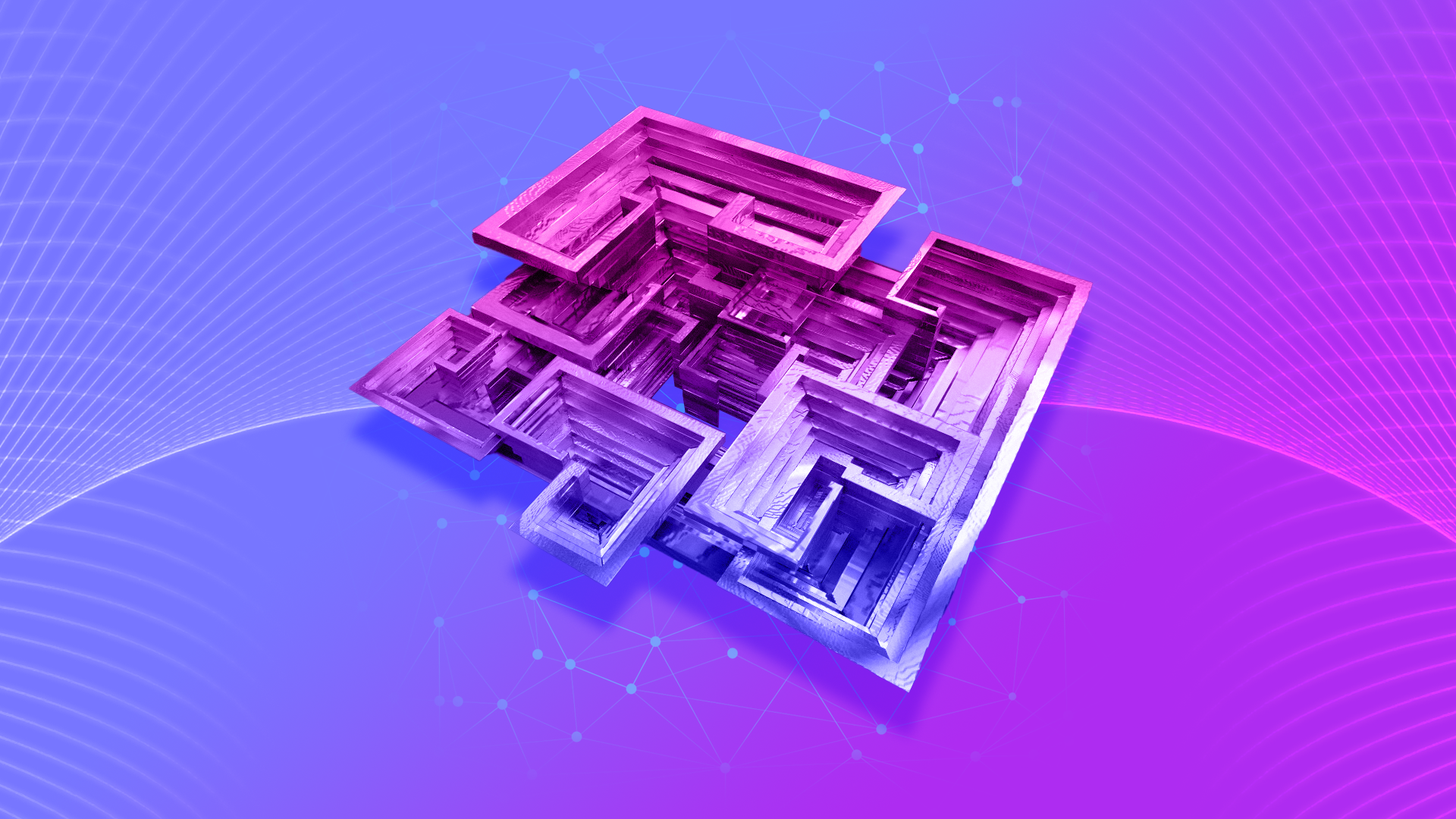Bismuth is a heavy, brittle metal that forms colourful geometric crystals when melted down. Completely nontoxic and able to absorb light almost anywhere, it may one day power our homes with clean energy.
Looking like an artifact straight from a Guardians of the Galaxy movie, Bismuth, or Bismuth Subsalicylate is an iridescent metal which could replace conventional batteries for good in the near future.
Bismuth has been a known metal since ancient times, though it was often confused with lead and tin as they share similar properties. It’s when the brittle mineral is melted down and cooled into alien-like form that its potential value comes to light.
First identified as a mineral in 1753, it was typically mined along with lead, tin, and copper for use in things like cosmetics and paint. But unlike the metals surrounding it on the periodic table, modern science has deemed it benign for human consumption and non-toxic to our environment.
If you head into your medicine cabinet and grab the bright pink anti-diarrheal drug Pepto Bismol, you’ll see each bottle has as much as a quarter gram of Bismuth in it.


Having spent decades in circulation throughout the pharmaceutical industry, scientists have long theorised that Bismuth could be the sustainable successor to lithium and silicon batteries that we’ve long been searching for.
But in what ways does Bismuth differ to conventional batteries?




















